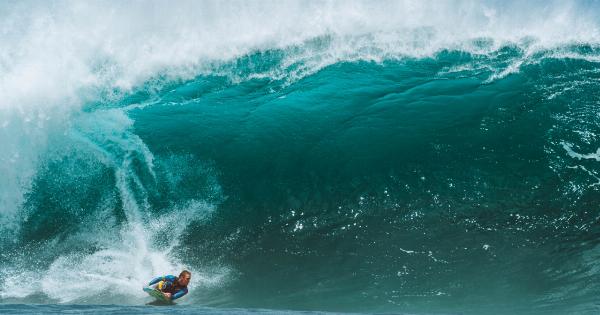Partaking in activities within the water can be a fun and refreshing way to spend your time, especially on a hot summer day. However, it is important to be aware of the potential dangers that come with being in the water.
Below, we highlight some of the potential risks that come with “doing it” in the water.
1. Drowning
According to the World Health Organization, drowning is the third leading cause of unintentional injury death worldwide, accounting for 7% of all injury-related deaths.
One of the main reasons drowning is such a risk is because it can happen quickly and quietly, with victims often unable to call for help. Especially if “doing it” in unfamiliar or rough waters, it is important to always wear a lifejacket and make sure there is someone nearby to assist if necessary.
2. Contaminated Water
Swimming in water that is contaminated with bacteria, viruses, or parasites can lead to various illnesses, such as gastrointestinal issues, skin infections, and ear infections.
To avoid exposure to these contaminants, make sure to only swim in designated swimming areas, wear ear plugs, and avoid swallowing any water.
3. Hypothermia
Even if the water is not particularly cold, prolonged exposure to water can lead to hypothermia, a condition where the body loses heat faster than it can produce it.
Symptoms of hypothermia include shivering, confusion, and difficulty carrying out normal tasks. To avoid hypothermia, make sure to limit the amount of time spent in the water, dry off immediately after getting out, and wear warm clothing.
4. Sunburn and Skin Damage
If “doing it” in the water, it is important to remember that the water can actually intensify the sun’s harmful UV rays. This can lead to sunburn, premature aging, and even skin cancer.
To protect your skin, always wear waterproof sunscreen, reapply often, and wear a hat and sunglasses.
5. Foot and Toe Injuries
If “doing it” in the water, it is important to be aware of what lies beneath the surface. Rocks, coral, and other objects can cause injury to your toes or feet, which can be painful and even lead to infection.
Wear protective shoes or sandals if possible and remain aware of your surroundings at all times.
6. Dehydration
It is easy to forget to drink water when you are surrounded by it, but it is important to remember that “doing it” in the water can still dehydrate you.
In fact, water conducts heat away from the body much faster than air, leading to increased sweating and potential dehydration. To prevent dehydration, make sure to bring plenty of water with you and take frequent breaks to rehydrate.
7. Cramps
Cramps can happen at any time, but they can be particularly dangerous when “doing it” in the water. If you experience cramps, it can be difficult to continue swimming and may increase your risk of drowning.
To avoid cramps, make sure to stretch before getting in the water, stay hydrated, and avoid swimming immediately after eating.
8. Lack of Visibility
If you’re “doing it” in murky or low-visibility water, it can be difficult to see where you’re going and what’s around you. This can be especially dangerous if you’re near sharp objects or have limited space to move.
To avoid this risk, always use caution when swimming in unfamiliar or low-visibility water, and make sure to keep an eye on your surroundings at all times.
9. Strong Currents
Currents can be unpredictable and strong, and can easily overpower even the strongest of swimmers. Strong currents can also lead to fatigue and make it difficult to swim back to shore.
To avoid being caught in a strong current, make sure to always check the water forecast before swimming and only swim in designated areas with lifeguards.
10. Fire Hazards
If you’re “doing it” on a boat or near a body of water, there is always the risk of fire. Gasoline and other flammable liquids can catch fire easily, leading to serious injuries or death.
To avoid this risk, make sure to find out where the fire extinguishers are located before “doing it” and avoid smoking or using other flammable products near the water.





























